
CivMin graduate students from the Graselli Geomechanics Group participated and ranked first in the 2024 American Rock Mechanics Association (ARMA) Student Design Competition.
The initial phase of the virtual competition featured universities from around the world with the top three student groups competing in the finals which featured UPN Veteran Yogyakarta and Chengdu University of Technology.
Team “I’ll Have What He’s Stopin'” consisted of MASc candidate Brant Zeeman, PhD candidate Thomas de Boer, and MASc candidate Aldo Katragjini. They designed a cemented paste backfill structure for a large vertically-exposed stope, with the objective of minimizing cement costs.
March 20, 2024 | The Hill Times

Throughout history, river basins and other coupled human-natural systems have sustained civilization by supplying essential services like water, food, and energy. However, mounting pressures from population growth, economic development, urbanization, and lifestyle changes are accelerating. Professor Mohammed Basheer is trying to create approaches and instruments to facilitate effective human interventions in river basins.
“My group works on planning and managing water resources and hydrology systems to help meet agricultural, hydropower, municipal, and industrial water demands while minimizing environmental impacts. We do this using three iterative phases: developing computer simulators for water resource and hydrology systems; connecting the simulators to Artificial Intelligence to search for the best intervention and management plans; and interacting with stakeholders for co-production, capacity building, and implementation.”
What individual projects are you currently working on?
We are working to build water resource simulation models for various regions in Canada and globally. One of our main focus areas in Canada is Ontario, where we aim to develop a large-scale simulation model for the river systems of the entire province. Globally, we have ongoing work on the Nile Basin, where we are looking to connect water resources models with economy models to capture the linkages between water scarcity, migration, conflicts, and climate change.
What companies/organizations are you working with (planning to)?
The Nile work is being conducted in collaboration with the International Food Policy Research Institute under the CGIAR NEXUS Gains Initiative. In Canada, we aim to collaborate with conservation authorities and hydropower companies.
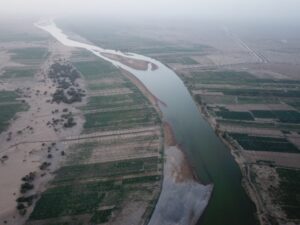
What impact do these projects have on a larger scale? (In what way will engineering address the problems to make the world a better place?)
The demands for water resources are increasing due to population growth and socio-economic development, while the supplies of water are becoming uncertain due to climate change. Developing efficient plans for water resources and hydrology systems can help meet current and future water needs, adapt to climate change, and reduce disputes over water in water-scarce regions. The Nile Basin is a prime example of an area where efficient water resources management coupled with collaboration and political will can help overcome ongoing disputes over water.
By Galina Nikitina

Lassonde Mineral Engineering students, representing U of T at the recent Canadian Mining Games in Sudbury, Ont., brought home some hardware. Displaying their talents resulted in two first-place nods, a second and a third-place outcomes.
At the podium for U of T this year:
- Feroz Shah – 1st in Speech competition (topic: how to attract top talent to mining)
- Aly Dimoglou & Raymond Bhushan – 1st in Sustainable Development
- Aly Dimoglou & Anthony Pavlovic – 2nd in Stock Market Challenge
- Jessie Jung & Andrew Noga – 3rd in Mineral Processing.

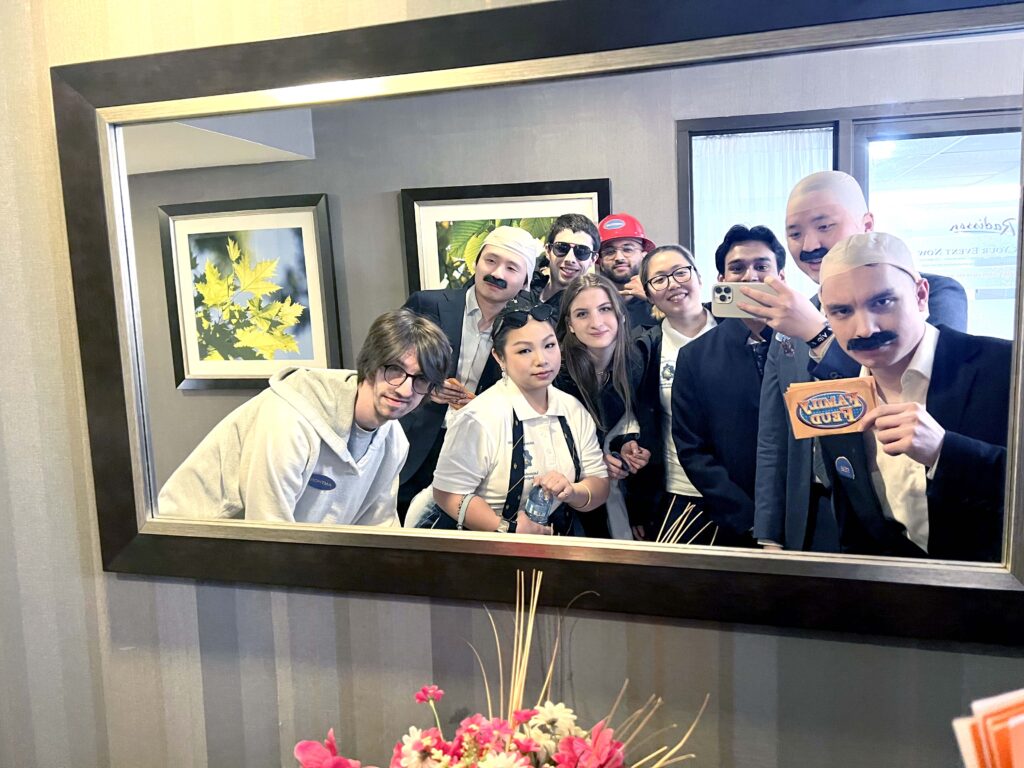
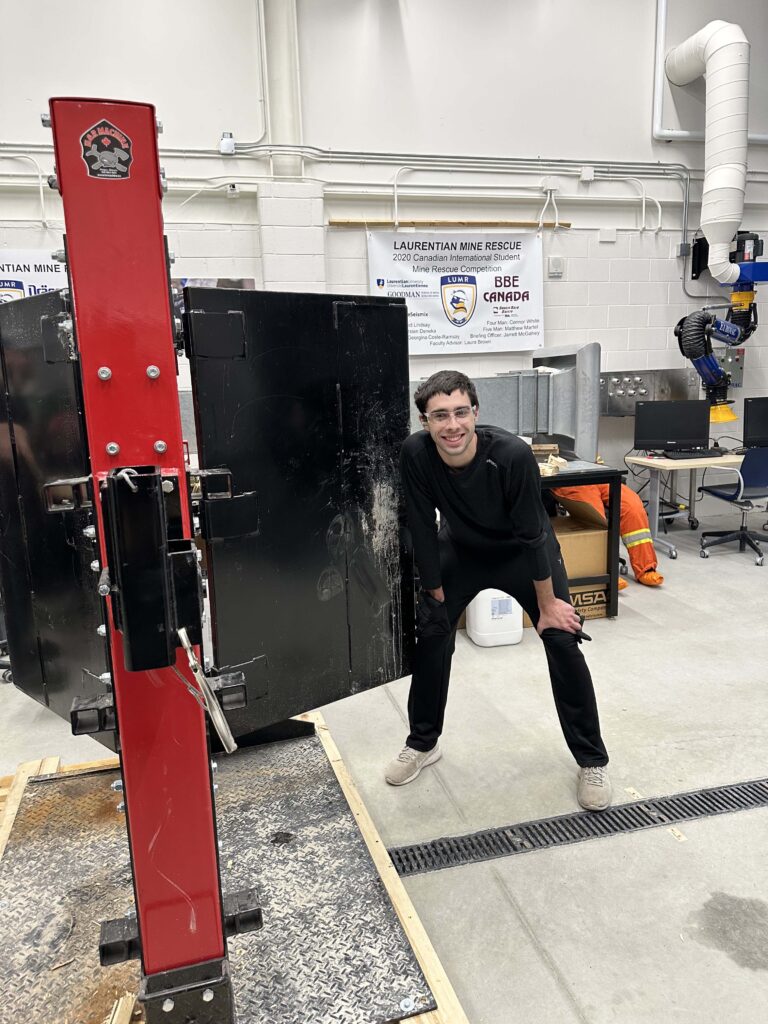

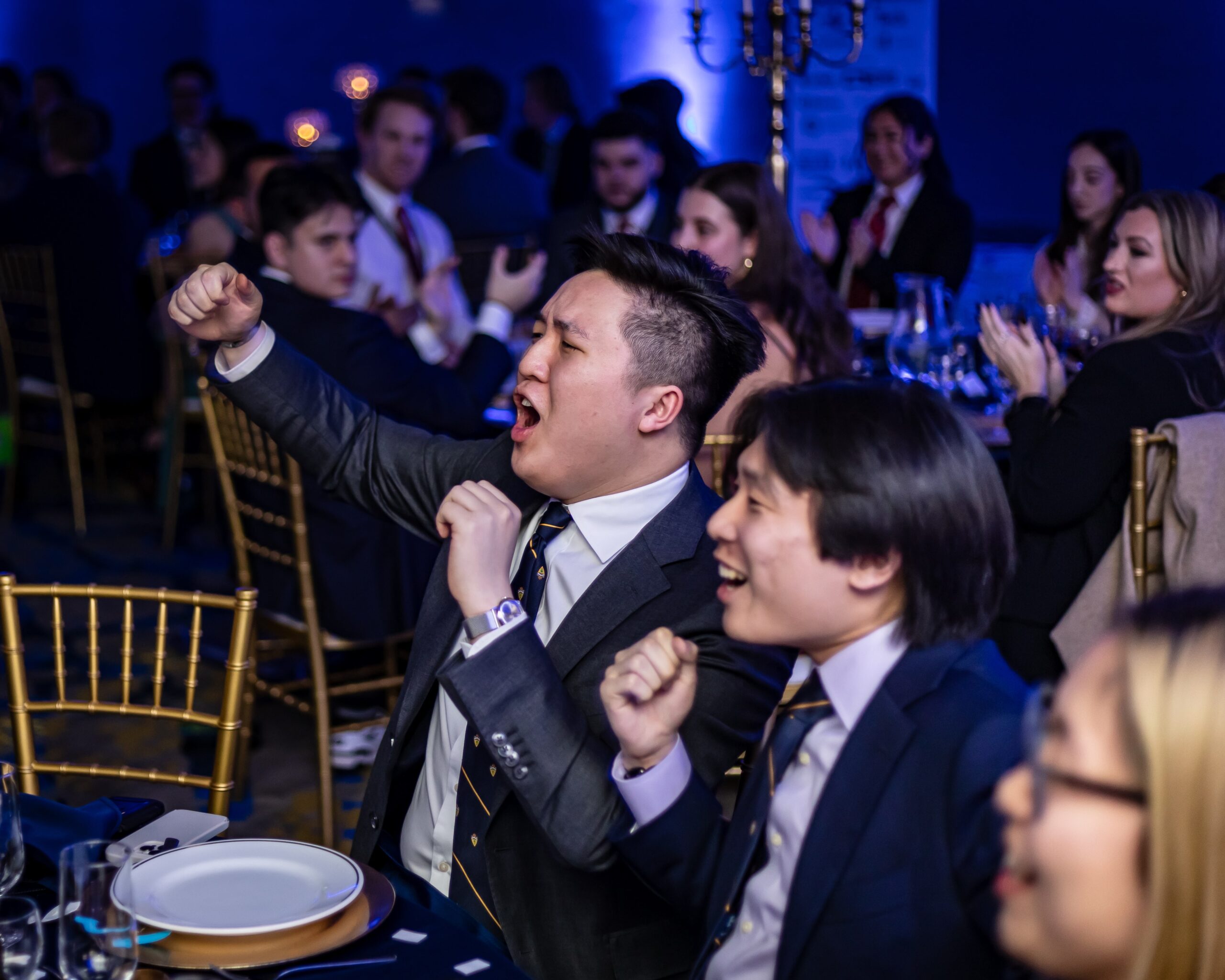
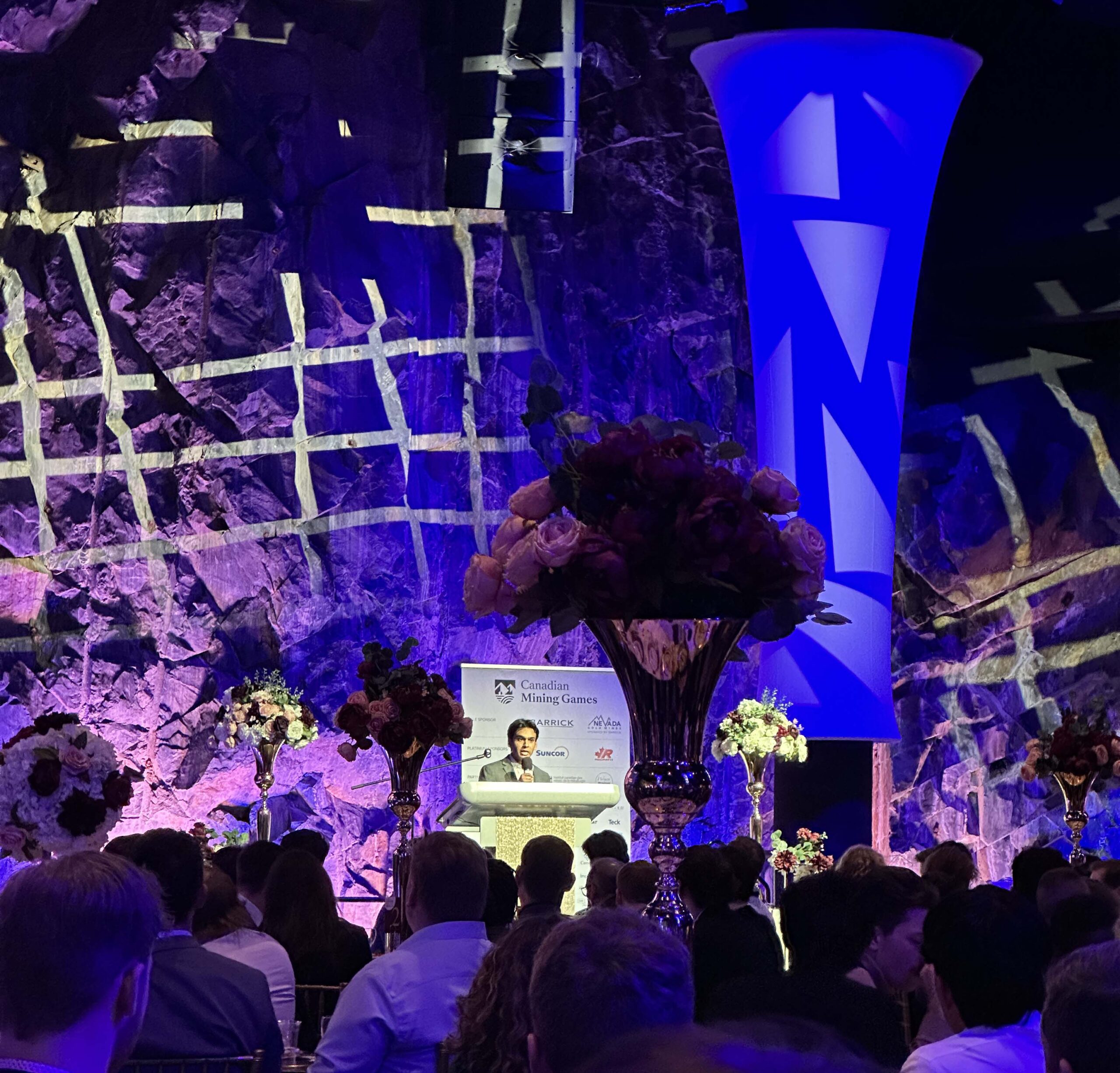
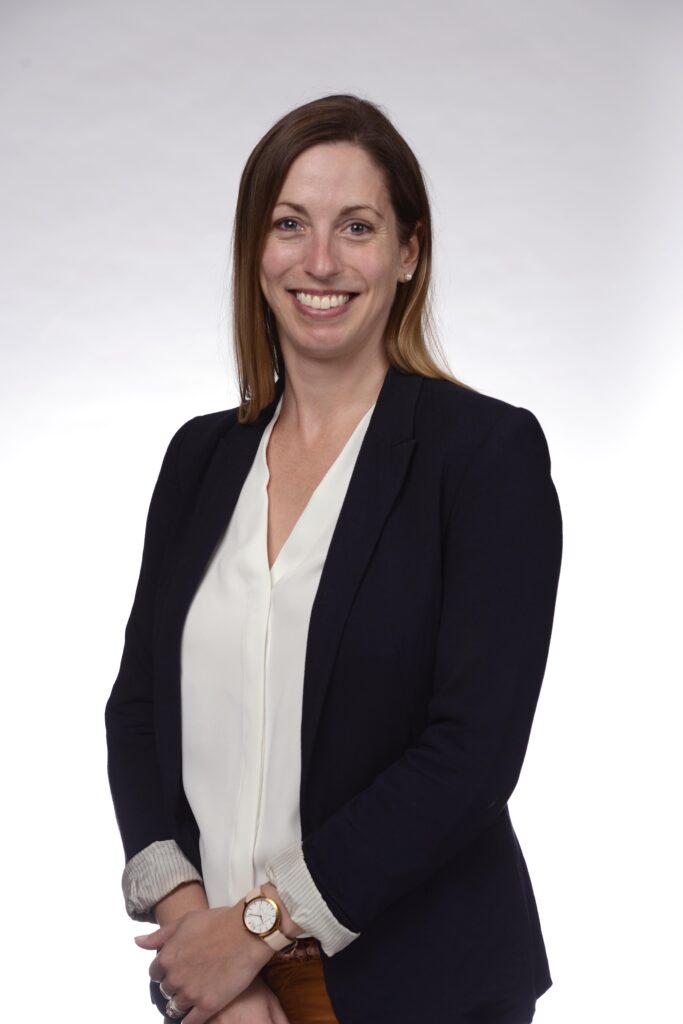
(Photo by Rick Chard for the Department of Civil & Mineral Engineering, University of Toronto)
CivMin Professor Marianne Touchie is one of 20 U of T researchers, including three from Engineering, to be awarded a new Canada Research Chair (CRC). Touchie is the new CRC for Sustainable Urban Housing. Her new research program will focus on improving the performance of multi-unit residential buildings, or “MURBs”, the predominant urban housing form.
Prior rapid deployments of MURBs, such as those following the second world war and our current condo boom, have led to negative environmental consequences and widespread resident health and comfort issues. Prof. Touchie will address these issues by identifying MURB issues from residents’ perspectives, developing integrated solutions to improve indoor environmental quality, controls and spaces and ultimately work to establish the monetary value of the social and environmental co-benefits of these solutions to enable holistic decision-making by the housing industry and policymakers.
“I’m excited to launch this new phase of MURB research focusing more holistically on the co-benefits of good quality housing and how we can make more liveable high-density housing a reality," says Touchie.
A total of 20 faculty members from the University of Toronto have been awarded Canada Research Chairs in support of their research in areas ranging from LGBTQ2S+ youth mental health to quantum photonic technologies and sustainable suburban housing.
Awarded by the Government of Canada, Canada Research Chair positions are designed to reinforce academic research and training excellence with a view to improving depth of knowledge and quality of life, strengthening Canada’s international competitiveness and helping train the next generation of highly skilled people.
“I would like to congratulate all the University of Toronto scholars who have newly been appointed Canada Research Chairs or had their positions renewed in this latest cohort,” said Leah Cowen, U of T’s vice-president, research and innovation, and strategic initiatives. “From cognitive neurobiology to household finance and urban environmental science, these researchers are furthering knowledge and spurring innovation in areas of critical importance.”
The Canada Research Chairs program also collaborates with the Canada Foundation for Innovation to support institutions through the John R. Evans Leaders Fund. Ten projects led by researchers at U of T and partner hospitals received support from the fund this week.
The latest cycle of Canada Research Chair appointees from U of T includes eight new and 12 renewed positions:
New Canada Research Chairs
Alex Abramovich at the Centre for Addiction and Mental Health, Dalla Lana School of Public Health and department of psychiatry in the Temerty Faculty of Medicine – Tier 2 in 2SLGBTQ+ Youth Homelessness and Mental Health
Claire Célérier in the Rotman School of Management – Tier 2 in Household Finance
Natalie Coburn at the Sunnybrook Research Institute and the department of surgery in the Temerty Faculty of Medicine – Tier 1 in Cancer Outcomes
Qian Li in the Edward S. Rogers Sr. department of electrical and computer engineering in the Faculty of Applied Science & Engineering – Tier 1 in Quantum Photonic Technologies
Alison McGuigan in the department of chemical engineering and applied chemistry and the Institute of Biomedical Engineering in the Faculty of Applied Science & Engineering – Tier 1 in Tissue Engineering and Disease Modelling
Zahra Shakeri Hossein Abad in the Institute of Health Policy, Management and Evaluation in the Dalla Lana School of Public Health – Tier 2 in Health Informatics and Precision (Public) Health
Mina Tadrous in the Leslie Dan Faculty of Pharmacy – Tier 2 in Real-World Evidence and Pharmaceutical Policy
Marianne Touchie in the department of civil and mineral engineering in the Faculty of Applied Science & Engineering – Tier 2 in Sustainable Urban Housing
See the main CRC announcement for more information.
...
March 12, 2024 | The Local
Rocking it on the ice and in class: CivMin first-year student balances varsity curling with demanding Engineering academic schedule
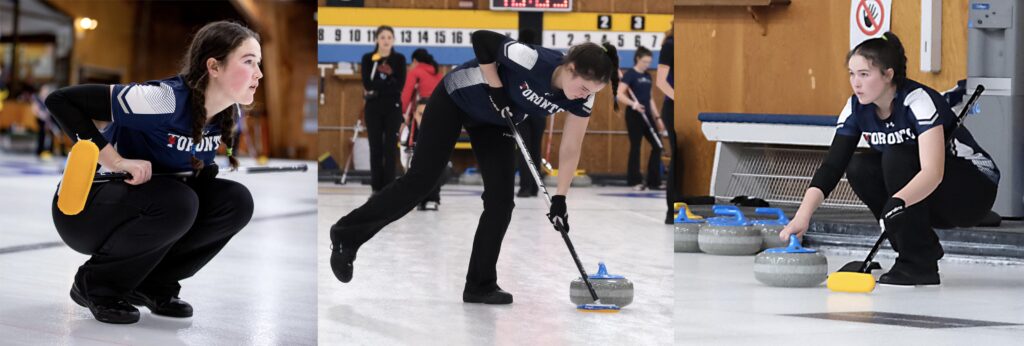
CivMin chatted with first-year student Stella Armstrong about her move to Toronto while simultaneously taking on competitive sports and an Engineering program, along with sticking with what she knows – the lucky socks!
Please tell us a little bit about yourself.
I’m from Ottawa, Ontario and I’ve been curling out of Ottawa since I was about eight years old. When I decided to come to U of T for [Lassonde] Mineral Engineering, I saw they had a varsity curling team. So, I decided to join and I’m hoping to play on the team for the next four years as well.
I wasn’t sure exactly if I wanted to continue curling once I got to university, especially because I know the engineering workload is very, very hard and very difficult [to coordinate with a competitive athletic schedule]. I was a bit unsure at first, but I’m very glad I decided to do it because it provides a really good balance. I’m happy that I did join the team – it’s just a great community overall as well.
Did you come and visit to talk with some of the coaching staff beforehand?
Yes. When I came here, it was for an event called GLEE [Girls’ Leadership in Engineering Experience]. It was girls in engineering, and when I arrived here I had reached out to one of the coaches. I was already in contact with the main coach over the summer time, so I was just talking to them about my experience curling and what the team is like here. I was able to have that communication with them and able to talk to them, then I was able to try out for the team at the beginning of the year. Now I’m on the team.
How did you wind up deciding to apply to Mineral Engineering?
I was always fascinated with nature, our environment, and how everything works, but I also really liked math. Around grade 12, I knew I really wanted to do something in that field. Then, when I was applying to universities, the mineral program really stood out to me at U of T, and I also really was interested in the environmental engineering minor.
It was definitely something I’m not super familiar with, but something I was interested in and wanted to want to get a little more information about. And, so far after first semester, I’m 100% sold. I love Mineral Engineering.
Currently your first-year class is receiving guest speaker for your MIN191 course, where each week different alumni come and tell you about their personal journey at school and their career path. How has this been going for you?
I really like them, because a lot of people will come in and I feel it’s a very real conversation we’re having. We really get to understand what it’s like working in the mining industry, and we get to see all these different perspectives from different people and their experience here.
They are actually U of T grads, of course, who have themselves experienced first-year engineering. They tell us how it was like for them and what it’s like transitioning from the education side an institution, then working in the real world and in the field. It’s really amazing how, especially as first-year students, we’re able to see how this journey progresses and what life is like after school. I thoroughly enjoy it.
Have you heard some things from some of these speakers that might be different than what you had preconceived about the industry in some ways?
I think something that stood out to me was the concept that there’s so many opportunities after school. Going into Mineral Engineering I thought I might be restricted about my options after having this degree. But you’re able to see there’s a lot of different things you can do. You could go into accounting. You can go into consulting. There are many, many fields you can go into.
I think by understanding this, and knowing there’s so many different possibilities available after taking our degree, it is very enlightening and something that brings me a lot of comfort to know.
The last few speakers showed the class a great number of travel photos. Is this aspect of the business something that appeals to you?
Yes! That’s a yes, 100%. I’d love to travel. I love being outdoors and nature. I remember the last presentation we just had, our presenter was talking about the different places she was able to visit and that was something that stood out to me. I’m so excited because I’m someone who loves to travel. Having that opportunity is definitely something that I’m excited for.
Being from out of town, not originally from Toronto, how did you find fitting into the city? Were you apprehensive about moving to Toronto, a bigger city?
I was excited because I think it’s definitely some place I’d like to go for my education – having all these different opportunities and whatnot. It’s definitely different at first, but I do like the idea there’s always people around. It doesn’t matter what time of day it is or what day it is, it’s always busy and it’s very lively, which I really appreciate.
There’s definitely a transition, especially from Ottawa, but I like it so far.
You’re living downtown in residence. What have you found you liked about Chestnut Residence?
Right now I’m in Chestnut Residence, so am pretty much right downtown. We’re right next to the Eaton Centre, so it’s very, very busy down here.
I also love it here because you’re able to meet other Engineering students, so having the chance to collaborate with each other, and learn from each other, is a great opportunity. And I’ve met so many people at Chestnut, so many friends. It’s also amazing, too. There’s a lot going on with the other Engineering students and with all your similar school work.
But if you ever just want to relax and hang out with friends, you could just walk down the hall and see people. It just really gives you a good social aspect to meet new people, build connections and just have a great community of friends to rely on. So I’ve really enjoyed that.
Do you have any classes you’re taking that are really standing out or that you really like?
I like all of my classes this semester. Actually I’m super interested in them all.
I really like my insight to mineral engineering class because I think it it used to be a second year program, but now it’s first year. I think it’s extremely beneficial because, again, I was super interested in the mining industry and this degree, but I don’t really know too much about it. So, being able to really understand it and get a good insight into it first year is I think is amazing – it’s quite unique.
I’m really interested in my other classes too, like physical chemistry and calculus and all of the generic classes that most people take. But I I like all of my classes right now, yeah.
You’re varsity athlete and in an engineering program. It’s very demanding. How is training, practice and competition? How does that work out schedule wise for you?
What we typically do is have league games every Wednesday night and we also have practices on weekends. For the most part it’s very manageable. At first it was a little rough, especially with the whole transitioning into the university lifestyle and leaving home and whatnot. But now it’s just kind of part of the routine.
I usually allocate certain hours of my weekend to studying, and then the other parts I go to curling and there’s a bit of a commute as well, but it just becomes a routine I find and it’s very manageable. If you we’re able to really focus and put the effort in, then it all works out.
Is there a certain library space, or somewhere else on campus, you like to go?
I really like the Gerstein Library. I usually go there during exam season when I’m able to go there in the morning and get some work done. Then I usually go and eat.
The Second Cup [coffee stand] in Myhal is a regular for me. I think I go there every single day, because it’s a part of my meal plan, but I really enjoy it. I like Myhal altogether. I really like how bright it is. There’s lots of windows. There’s a lot of light in there and it just overall brings a really good environment and I really like spending my time there.
Your dining plan is flexible, so you can eat all over campus, right?
Yes, we can eat just almost anywhere with our meal plan, which is amazing to me. I really enjoy the fact I can try different things and be able to eat at different locations, so that’s very nice thing.
Ohh, and I like eating at MedSci [Medical Science Building cafeteria]. I really like the tuna poke ball. It’s usually my go to, but I’ve tried everything else there – the pasta, the burgers and whatnot, so I’ve had a little bit of it all.
Has there been an adjustment from playing in Ottawa to Toronto or the area?
Well, I find that because the curling community is so small, most of the people I am playing against from universities are the same people I competed against back home. I used to travel all the time from Ottawa to come play in Toronto. A lot of the Ontario teams we played against this season are actually people I used to play against when I was younger. It’s nice seeing familiar faces and curling against people, but I think the transition it’s a little different. It’s a little on the competitive side. It’s different because the coaching style is a little different, the training’s different, but overall I think it’s a very smooth transition and it’s quite similar.
Do you have any routines or superstitions with your curling activities?
Yes. I like wearing the same pair of socks. I have these curling socks and I like wearing for games. I usually have the same routine every time for every game. I’m a little superstitious, I’d say, but it’s just all about the mentality.
It’s a very mental game, right? So you have to be more mentally prepared. I find so just reassuring yourself that you know you’re gonna do the best you can. No one plays 100%, but just reassure yourself and just always have a positive attitude on the ice. That’s what I like to do going into every game.
I won these socks when I was younger. I did Little Rocks and I was in little bonspiels and I’d always have like a raffle table. I remember the first thing I won at these bonspiels were these curling socks – they were huge. They still fit now, but I just started wearing them every time to competitions and just became my lucky socks, as I now call them.
By Phill Snel
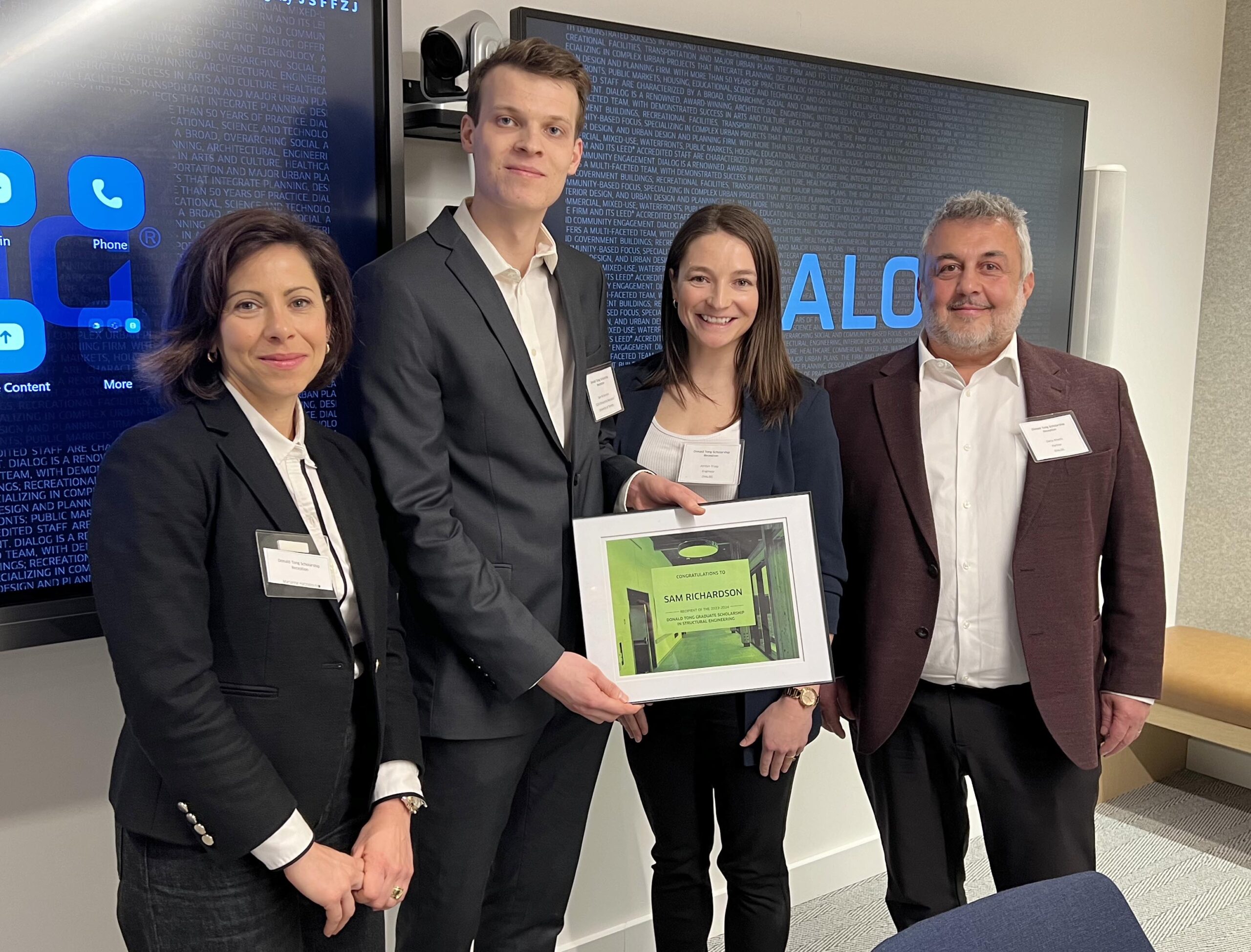
CivMin’s Sam Richardson, a MASc candidate under the supervision of Prof. Jeffrey Packer, has received the University of Toronto Donald Tong Graduate Scholarship in Structural Engineering from DIALOG.
The annual award was presented by company partner Daria Kachi and EIT Jordyn Tripp (CivE PhD 2T0) at a ceremony in the company’s downtown Toronto office on February 27. Richardson is the sixth recipient of this award since its inception in 2019.
“I’m very pleased to have been awarded this recognition for an engineering student who shows not only a strong academic background, but also good communication and community service experiences as well,” says Richardson. “Donald Tong was clearly an inspirational person who will always be remembered by the company, and I’m proud this award can carry on his memory, and his traits, that made him such a recognizable person.”
As an undergraduate student in engineering, Richardson was also simultaneously a varsity soccer player, balancing a demanding academic schedule with competitive athletic endeavours. “I was balancing that extracurricular side with engineering studies, and then along came Covid. So I then got involved with making some COVID-19 test result calls for a hospital, which added significantly to my community service profile. As well, I’ve always been involved in coaching soccer throughout my life – a lifelong passion. During the pandemic, it had to turn to virtual coaching, but I still got to keep that involvement going.”
Peering into the future, he says, “My aspirations, after completing my MASc, is to go into industry and work on complex and innovative projects. That’s where I align with DIALOG and what they do. I have some experience in the multidisciplinary approach through my previous co-ops; I like that way of working, where you’re working directly with other sorts of engineers, whether it’s mechanical or electrical engineers, and also working with architects.”
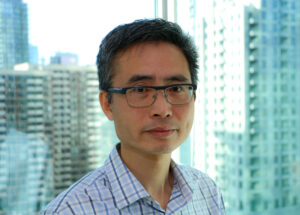
(Photo courtesy of Dialog)
The award is named for Dialog’s long-time structural team member Donald Tong, who tragically passed away in 2018 after a courageous battle with cancer. In an online description, Dialog provides insight into the motivation for the award: Donald epitomized the integrated design culture at the heart of DIALOG. He started his career as an interior designer, followed by a stint as an architectural technologist, before he found his passion in structural engineering. It is our hope that future structural engineers will embody Donald’s creative, wide-ranging design spirit.
Jane Tong, Donald’s daughter also present for the event, is continuing the family legacy of engineering as a career.
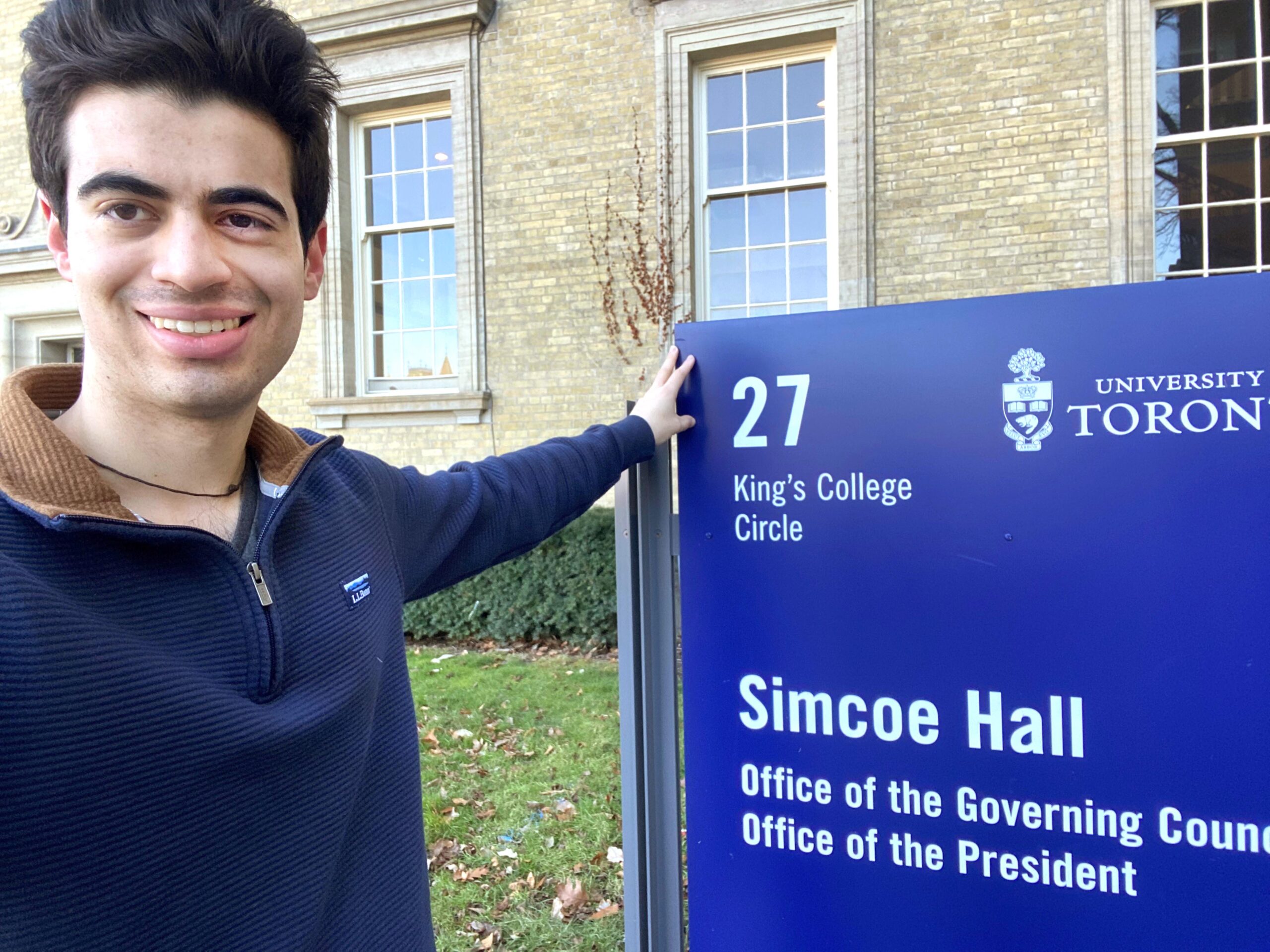
Luke Calabretta, a third-year Civil Engineering student, has been elected to serve on Governing Council at U of T for the 2024-2025 period. He is one of the two full-time undergraduate students from professional faculties, as part of the total of eight students elected. Calabretta received 147 votes to secure his position.
“I’m honoured to have earned the trust of my constituents,” expresses Calabretta . “I decided to run because I wanted to improve the quality of the student experience at the University of Toronto. I look forward to contributing towards solutions that make life easier for all students – in particular those related to affordability.”
For past experience, and ability to draw on his chosen field, Calabretta relays, “Within the CivMin community, I have previously been involved in Civ Club, Troitsky Bridge Design Team as well as founding my own club related to energy. Civil engineering is a broad field, we have a unique ability to see the big picture – I look forward to bringing this perspective to the Governing Council.”
CivMin Professor Matthew Roorda is leading the group of researchers from U of T, McMaster University and York University

Professor Matthew Roorda (CivMin) is leading an academic collaboration between 10 faculty researchers and more than 50 graduate students from the University of Toronto, McMaster University and York University. Together, the City Logistics for the Urban Economy (CLUE) is confronting the pressing challenge of rethinking urban freight logistics.
The rise of e-commerce and home delivery has brought convenience to consumers, but it has also exacerbated challenges in urban freight logistics. As the transportation and delivery industry continues to expand, freight emissions are growing rapidly, outpacing those of passenger vehicles.
With a commitment to sustainability and equity, the research group’s focus is to reshape the landscape of urban goods transportation, addressing four main areas: congestion, emissions, safety concerns and the equitable distribution of benefits and burdens.
CLUE began in 2020, and since then, 10 faculty researchers — along with 12 research sponsors, including federal, regional, non-governmental organization, and industry partners — have worked on more than 24 projects.
One research theme that the group is examining is the equity and environmental justice implications of the rise of e-commerce and home delivery.
“Questions around winners and losers in the transition from brick-and-mortar to delivery, as well as the distribution of emissions from delivery vehicles, are being explored,” says Roorda.
Through their various research projects, CLUE aims to quantify the influence on communities most impacted by freight logistics, particularly those living near highways and loading facilities.
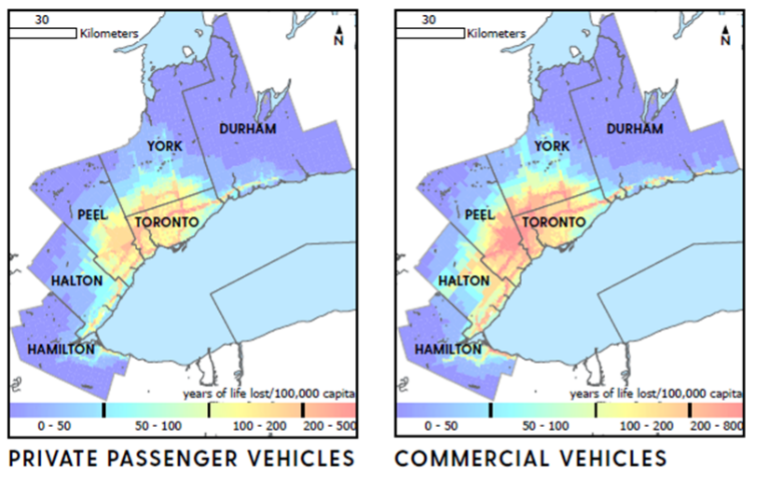
Data collection and science also play a crucial role in CLUE’s research. The group is currently developing their Freight Data Warehouse, a repository for large data sets such as GPS traces of commercial vehicles, with the aim of enabling further research using this valuable data.
“The goal is to build visualization dashboards to provide insights into greenhouse gas emissions, traffic patterns and travel speeds, empowering policymakers, and the public to make informed decisions,” says Roorda.
Various pilot projects have been successful outcomes of CLUE’s research, such as Purolator’s bike delivery initiative and the off-peak delivery project.
“We have seen impact of our off-peak delivery pilot project on government policy changes, such as allowing night-time deliveries across Ontario” says Roorda.
To collect evidence of the impact of that change in policy, CLUE conducted community surveys after night-time deliveries were permitted to help assess the noise impact on residents and developed a freight transportation model to assess the greenhouse gas emissions impact.

CLUE also introduced a new truck driving simulator, where novice truck drivers can be trained to navigate extremely challenging urban areas safely, considering pedestrians and cyclists. The goal of this initiative is to enhance safety standards within the freight and logistics industry, another key research theme for the group.
“Everyone makes mistakes while driving, but when you’re driving a huge truck in the city, you need to drive perfectly or else you put people at risk. It’s a very challenging job,” says Roorda.
By proposing innovative solutions like new delivery models, curbside loading zone technology and lifting restrictions on late-night goods deliveries, CLUE seeks to make the goods movement network more efficient and less impactful on urban environments.
By Selah Katona
This story originally published by Engineering News